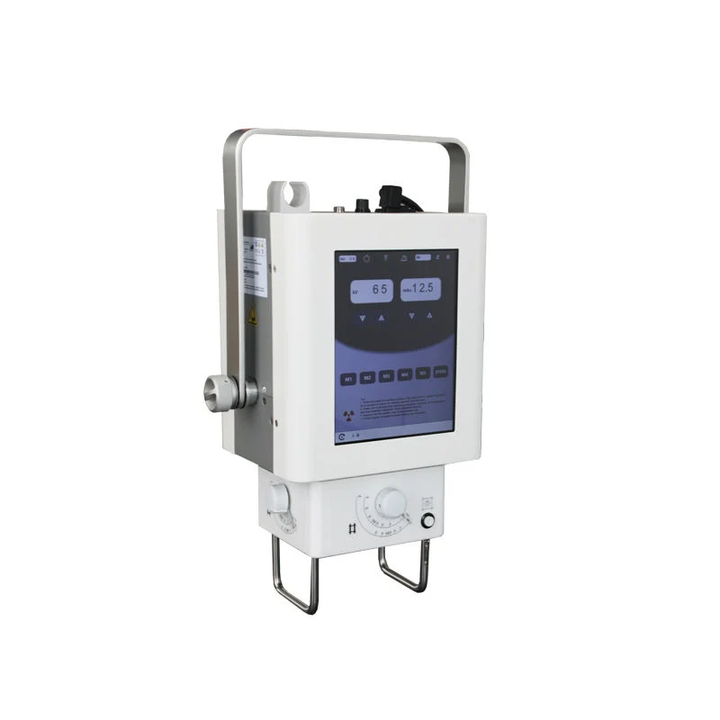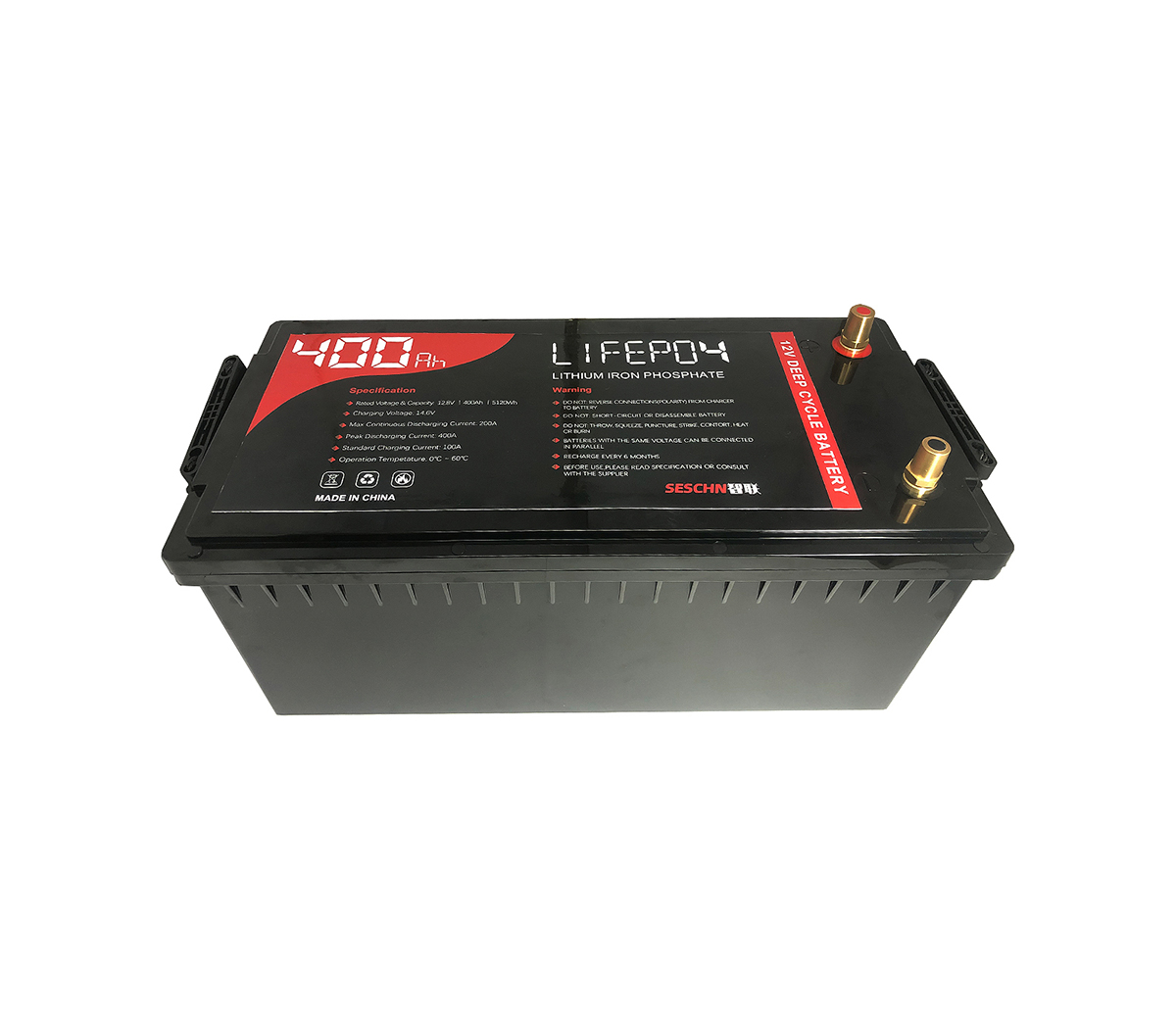Demystifying the battery's brain BMS battery management system
As we all know, the power output of pure electric vehicles depends on the
battery, and the battery management system BMS is the core of it, responsible
for controlling the charging and discharging of the battery and realizing
functions such as battery state estimation.
As we all know, the power output of pure electric vehicles relies on
batteries, and the battery management system BMS is the core of it, responsible
for controlling the charging and discharging of the battery and realizing
functions such as battery state estimation. If one compares an electric car to a
human body, then the battery system is his heart, and the BMS battery management
system is the brain that governs the functioning of its body.
Why is there a BMS?
Since it is called a battery management system, the main job of the BMS is
to handle tasks related to the on-board battery. Although the current battery
manufacturing process has narrowed the difference between the individual cells,
there are still differences in internal resistance, capacity, and voltage
between single-cell lithium batteries. Therefore, in practical applications, the
individual cells in the battery pack Prone to uneven heat dissipation or
excessive charging and discharging. Over time, these batteries in poor working
conditions are likely to be damaged in advance, and the overall life of the
battery pack is greatly shortened.
Not only that, there is also a danger of explosion when the battery is in a
severely overcharged state, which causes damage to the battery pack and also
threatens the safety of the user. Therefore, it is necessary to equip the power
battery pack on electric vehicles with a set of targeted battery management
system (Battery Management System, BMS), so as to effectively monitor, protect,
energy balance and fault alarm of the battery pack, thereby improving the entire
power battery pack Work efficiency and service life.
What is the main function of BMS?
An electric car has hundreds of batteries, how is BMS managed? If we have
seen the analysis diagram of the battery pack, we will see that there are
hundreds of cells inside. How to manage these dense cell systems? The main work
of the BMS system is divided into two major tasks-battery detection and battery
safety.
Battery detection is relatively simple. It mainly collects parameter
information of the battery during use through sensors, such as temperature,
voltage and current of each battery cell, and voltage and current of the battery
pack. These data will play a vital role in the subsequent battery pack
management. It can be said that without these battery status data as support,
battery system management will be impossible.
If we regard the battery testing process as a "physical examination" of the
battery, then this "physical examination" is online, continuous, and
uninterrupted. In the process, when data is found to be abnormal, the
corresponding battery status can be inquired in time, and the problematic
battery can be selected, so as to maintain the reliability and efficiency of the
entire battery pack. When the "physical examination" of the battery is over, it
will enter the stage of analysis, diagnosis, and calculation, and then a
"physical examination report" will be generated. This process can be understood
as the battery state assessment.
What is SOC?
If you have driven an electric car, you will definitely see the SOC logo on
the dashboard. What does this mean? SOC stands for StateofCharge, which is the
abbreviation of the state of charge of the battery pack. We are more accustomed
to calling it the remaining battery power. SOC is the basis for judging a series
of faults such as battery overcharge and overdischarge. Accurate estimation of
SOC can prevent battery overcharge and overdischarge, extend battery life, and
improve battery utilization.
In fact, in addition to SOC estimation, there are SOH (State of Health) and
SOP (State of Power). Users can view these data through the on-board instrument
display to confirm the working and functional status of the battery.
Accordingly, on the basis of protecting the battery, the potential will be
maximized and the driving experience will be greatly improved.
For battery life, SOC accuracy is very important
SOC algorithm has always been one of the key technologies for the
development and application of battery management system (BMS). The accuracy of
its calculation directly affects the difference between battery life and actual
battery life. If the calculation is not accurate enough, it may even cause
battery usage. As long as the vehicle broke down.
The estimation of the battery state requires a series of complicated
calculations. That is to accurately estimate the remaining battery power, ensure
that the SOC is maintained within a reasonable range, and prevent damage to the
battery due to overcharging or overdischarging, so as to predict how much energy
is left in the energy storage battery of the hybrid electric vehicle or the
state of charge of the energy storage battery at any time. The estimation
accuracy of SOC is high, and for the same amount of battery, it can have a
higher cruising range. Therefore, high-precision SOC estimation can effectively
reduce the required battery cost.
Nowadays, domestic battery manufacturers have mastered the accurate core
algorithm. Through the estimation method based on battery parameters, the effect
of cumulative error is effectively eliminated, and the estimation is more
accurate. NCM estimates (NCM is the abbreviation of lithium battery cathode
material, that is, nickel-cobalt-manganese ternary material) accuracy is 3%, and
LFP (another cathode material of lithium-ion battery, called lithium iron
phosphorus) is about 5%. From the data point of view, the technical standards of
domestic battery companies have reached the international leading level.
The patron saint of battery and personnel safety
Another core function of BMS is to provide safety protection for battery
packs and personnel.
It is well known that overcharging and overdischarging batteries will cause
local overheating, which will affect the battery life, but in serious cases it
will threaten the safety of the battery pack and cause personal safety hazards.
At this time, the "charge and discharge management" module of the BMS starts the
protection function. On the one hand, it communicates with the vehicle and the
charger, and on the other hand, it provides the battery status in real time,
which facilitates timely command control and effectively prevents high-charge
and low-discharge. happen.
In the protection of the battery module, balance is also a very important
part, and it is a necessary means to protect and enhance the battery life. In
addition, the protection of the battery also includes the protection of
over-voltage, under-voltage, over-temperature, over-current, etc. To put it
simply, when the actual parameter is higher or lower than a certain agreed
value, the system will automatically make a judgment and adopt methods such as
disconnection and pre-charging to protect the safety of the battery.
In terms of personal safety, BMS is protected by means of high-voltage
control. The high voltage of the battery can reach 300-500V, which is far
exceeding the safety voltage of 36V for the human body. There are great risks
and high voltage control must be done. The most common ones are relays, high
voltage interlocks, and insulation protection. Comprehensive high-voltage
protection control can effectively protect the personal safety of drivers,
passengers and maintenance personnel.
How to understand the safety level of batteries
Many domestic battery companies adopt the internationally accepted ISO26262
evaluation standard. The ISO26262 standard divides the safety requirement level
(AutomotiveSafetyIntegrityLevel, ASIL) from A to D according to the degree of
safety risk, of which D level is the highest level and requires the most
demanding safety requirements. The higher the level, the higher the security
requirements of the system, and the higher the cost to achieve security, which
means that the higher the diagnostic coverage of the hardware, the stricter the
development process, the corresponding increase in development costs, the longer
the development cycle, and the greater the technical requirements. strict.
ASILD level, the failure rate is 10^-8/h, which means that a vehicle is
supposed to run for 4 hours a day and needs to run for 70,000 years before a
functional failure caused by BMS occurs. And such a low probability of failure
rate is comparable to the requirements of aircraft operation. Generally
speaking, the automotive industry's requirements for parts are B or C
grades.
Many domestic battery companies have already gone abroad to provide
products and technical support for more international brands. This shows that
domestic battery and BMS technology does not lag behind Japan, Europe and the
United States, and has even reached the world's advanced level in some
areas.


































